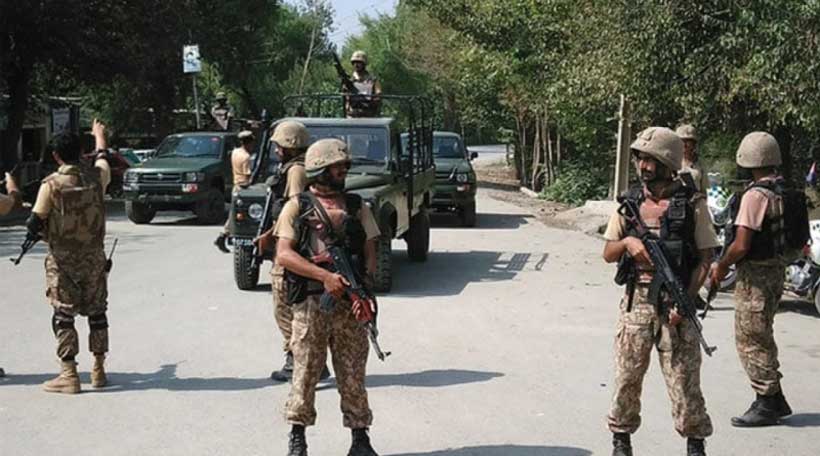
The political landscape of Pakistan is complex, characterized by diverse strategies, employed by various parties to further their agendas. An alarming trend can be observed, under the leadership of PTI, where peaceful protest rallies are deliberately diverted towards sensitive cantonment areas, often leading to escalated violence. This sinister tactic allows PTI to manipulate its narrative, positioning itself as victim of state oppression. The strategy is not just about gaining sympathy but also about creating chaos, while undermining the state’s authority. The phenomenon was starkly evident in the recent rally at Bannu, where a peaceful protest rally was turned into an attack on the cantonment, highlighting the lengths to which political entities like PTI can go to further their political interests.
Bannu Incident: A Case Study
On the morning of July 15, 2024, terrorists executed a well-coordinated and audacious attack on Bannu Cantonment in Khyber Pakhtunkhwa province of Pakistan. The attack involved ramming an explosive-laden vehicle into the cantonment wall, a tactic designed to breach the heavily fortified perimeter. The initial explosion was followed by a sustained gunfire attack on a civilian vehicle, injuring several occupants, including women. The incident sparked a twenty-four-hour-long military operation, during which eight soldiers laid down their lives, while neutralizing ten terrorists, including the suicide bombers. The remaining terrorists took refuge in a two-story building, adjacent to a civilian market and a bus stand, thus creating a dangerous situation, which necessitated immediate civilian evacuation. The intense crossfire that ensued showcased the terrorists’ determination and the military’s resolve to protect the area.
The bravery and sacrifice of the soldiers during that operation highlighted the ongoing threat of terrorism in the region and the military’s crucial role in maintaining security. That incident also underscored the vulnerability of civilian areas, adjacent to military installations, raising questions about urban planning and the need for better protective measures.
Propaganda and Disinformation Campaigns
In the aftermath of the Bannu incident, a narrative of misinformation quickly spread, exacerbated by social media platforms like Twitter and YouTube. That disinformation campaign was aimed to portray the military’s defensive actions in a negative light. Investigations revealed that much of the propaganda originated from accounts based in India and other foreign countries, highlighting the external interest in destabilizing Pakistan. The concerted effort included edited videos and manipulated images, creating a false narrative that painted the military as aggressors rather than defenders.
The rapid spread of disinformation not only undermined the military’s efforts but also created confusion and fear among the civilian population. The role of foreign elements in this disinformation campaign revealed a broader strategy to weaken Pakistan’s internal stability and discredit its military. The need for a robust response to such propaganda, including better regulation of social media and proactive dissemination of accurate information, became evident.
Political Manipulation and Exploitation
Several political parties, including PTI, PTM, JUI(F), and Jamaat-e-Islami, exploited the Bannu incident for their gains. They orchestrated a protest, initially peaceful, but soon hijacked by miscreants, aiming to attack the cantonment. Influential local figures, including Abdul Rauf Qureshi, Mufti Abdul Ghafoor, and Haji Abdus Samad, mobilized the masses, escalating tensions while directing those towards confrontation.
On July 19th, 2024 a protest march initially comprising 50,000 to 60,000 participants swelled to nearly 100,000 by mid day. The crowd’s movement towards the cantonment led to violent clashes. Protestors, primarily teenagers, instigated violence by throwing stones and setting fire to makeshift barriers. The absence of Police further complicated the situation, forcing the military to resort to aerial firing to disperse the angry mob.
The political exploitation of the Bannu incident highlighted a broader trend of using public dissatisfaction and protests as tools for political gain. The strategy not only endangered lives but also threatened the social fabric by fostering divisions and mistrust between the military and the civilian population.
Misreporting and the Role of Media
The media’s role in the Bannu incident remained pivotal. Some outlets and social media influencers, driven by political motives, propagated a narrative accusing the military of using excessive force. That disinformation campaign was particularly fueled by PTI’s propaganda machine, which sought to exploit the situation to target the state and its institutions.
The media’s portrayal of the military’s actions, often without adequate context or verification, contributed to a skewed public perception. That misreporting not only fueled the disinformation campaign but also highlighted the challenges of maintaining journalistic integrity, in a politically charged environment. The need for responsible reporting and the importance of cross-checking information before dissemination became evident, underscoring the media’s role in either stabilizing or destabilizing society.
The Real Story Behind the Violence
In reality, the violence in Bannu stemmed from a premeditated plan by miscreants to attack the cantonment. The initial protest was peaceful, with legitimate demands for compensation and peace. However, the involvement of armed individuals and the subsequent escalation revealed a sinister plot to destabilize the region and discredit the military. The Provincial Government’s inaction and the deliberate absence of Police also raised questions about their complicity in the incident.
The orchestrated nature of the violence, pointed to a well-planned strategy to incite chaos and undermine state authority. This tactic, employed by political entities, not only endangered lives but also aimed to weaken public trust in state institutions. The need for thorough investigations and accountability for those involved in planning and executing such attacks became crucial.
The events in Bannu underscore the need for a unified response against terrorism and political exploitation. It is crucial to recognize and counter the tactics of those who seek to destabilize the country for their gain. The sacrifices of the soldiers and the resilience of the civilian population must be acknowledged and honored. It is imperative to debunk false narratives with evidence and ensure that justice prevails to maintain national stability.
The Bannu incident highlighted the importance of a coordinated effort between the military, government, and civil society to combat terrorism and disinformation. Building resilience against such tactics requires not only military strength but also societal cohesion and effective communication strategies. The need for comprehensive policies to address the root causes of unrest and prevent the exploitation of peaceful protests became evident.
The trend of diverting peaceful rallies towards violence is a dangerous strategy that threatens national security. The Bannu incident is a stark reminder of the lengths to which some elements will go to undermine the state. It is a call to action for all stakeholders to stand together, reject disinformation, and support the institutions that safeguard the nation. By acknowledging the true nature of these threats and responding with unity and resolve, Pakistan can overcome the challenges posed by terrorism and political manipulation, ensuring a stable and secure future for its citizens.
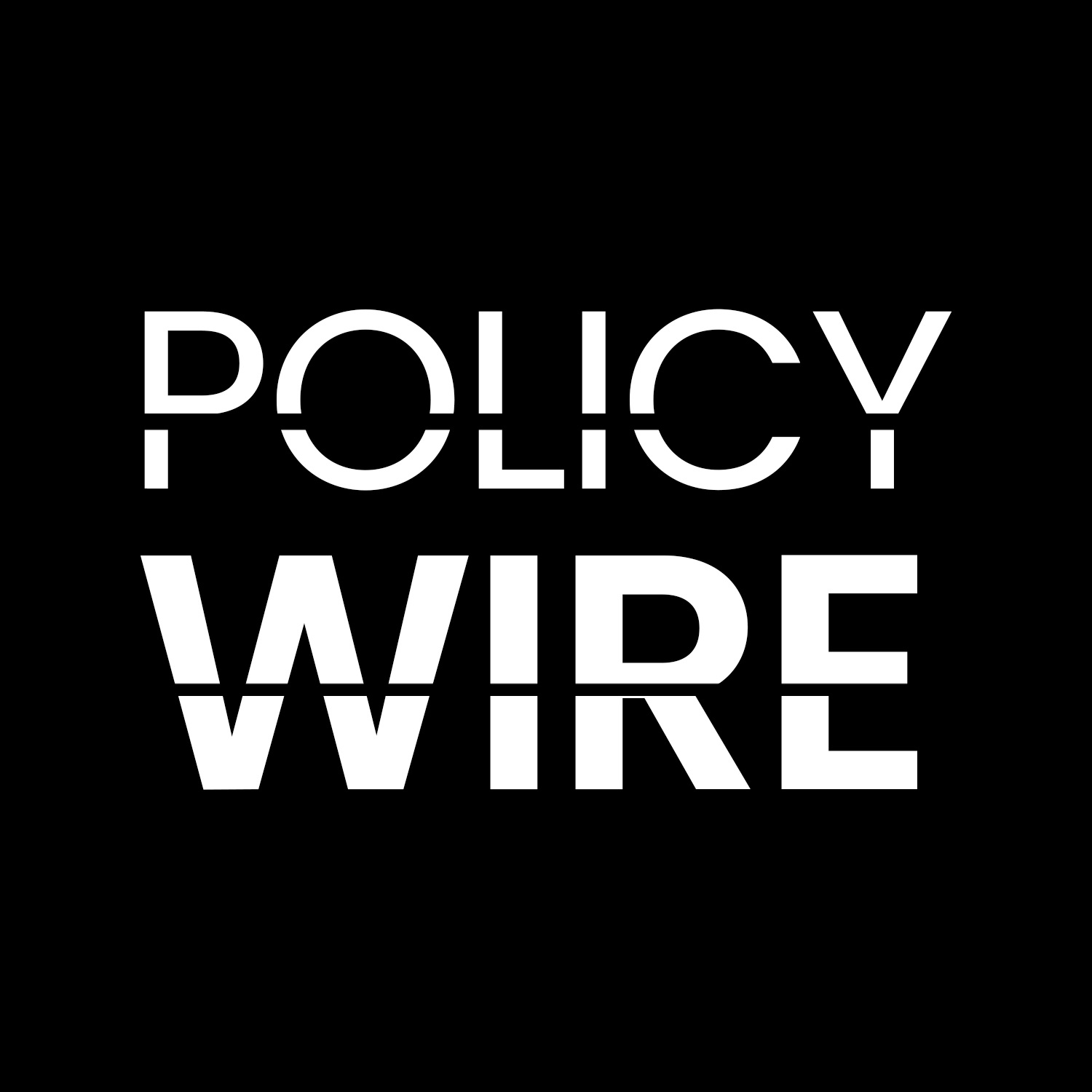
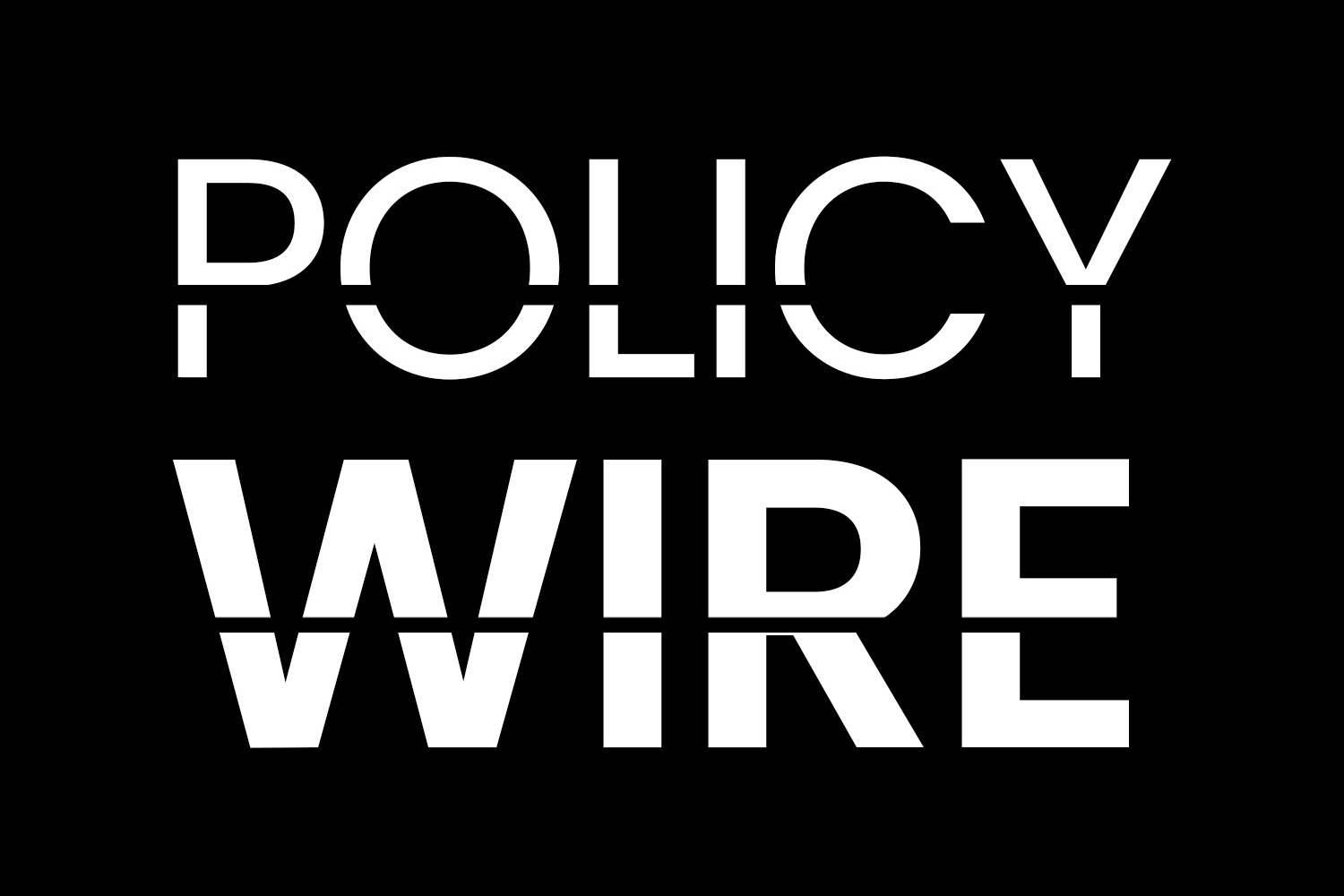



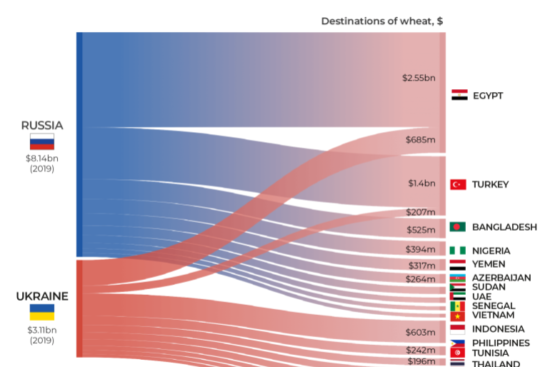
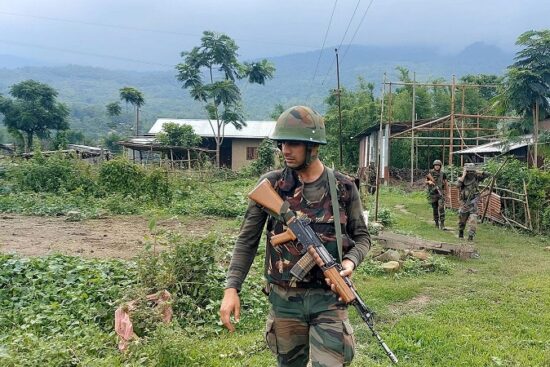
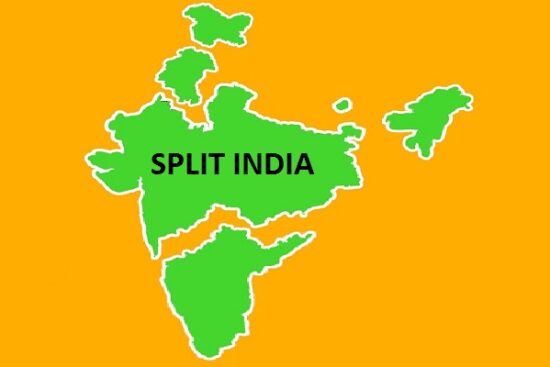










Leave a Reply